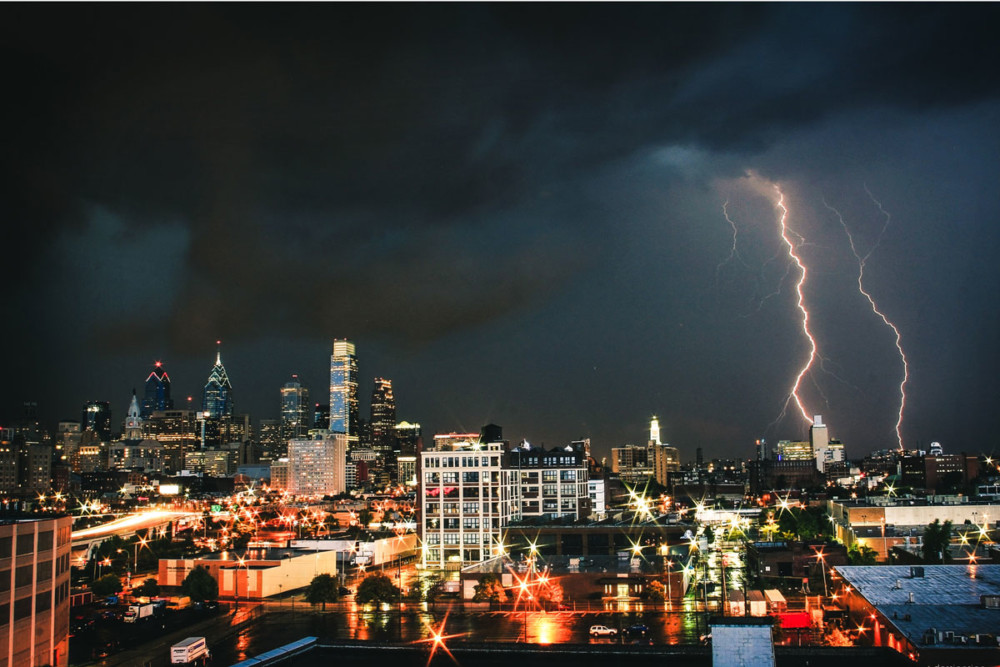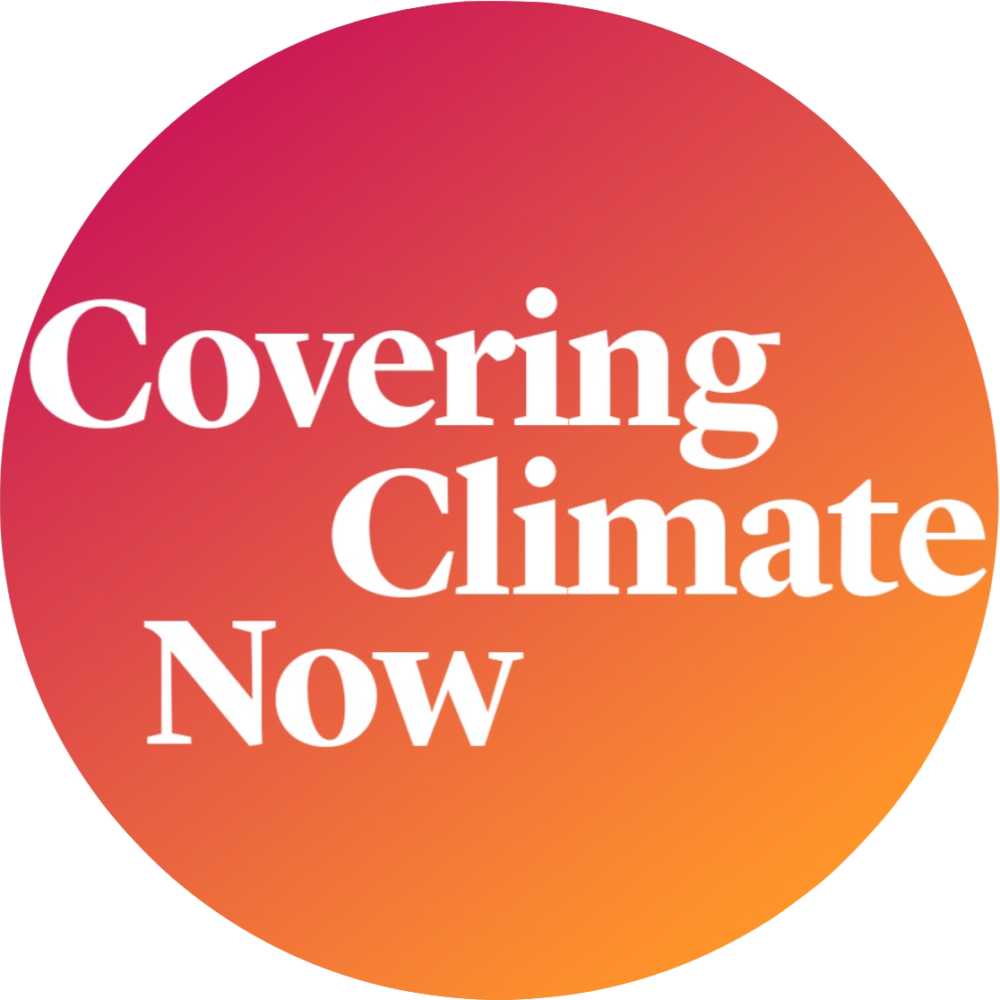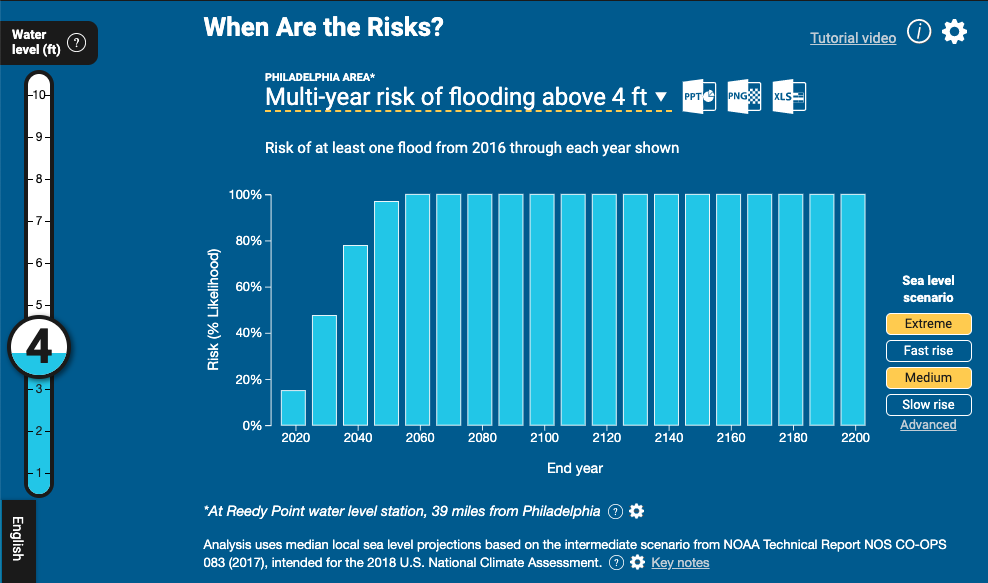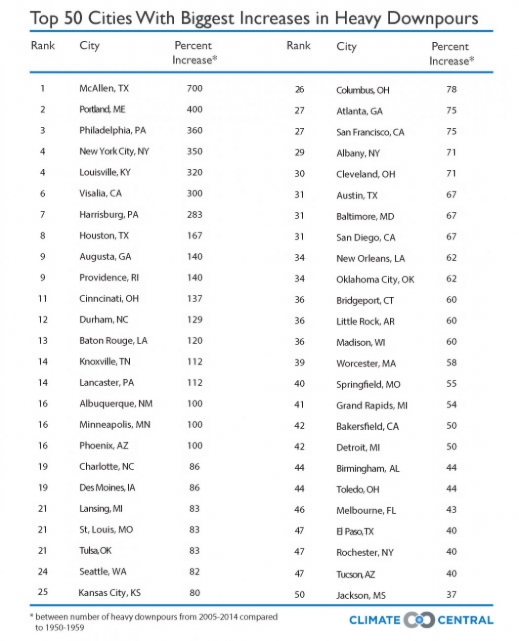
How will Climate Change Impact a Future Philadelphia?
How will your life look in 2050? Climate change is expected to increase temperatures, raise sea levels, and bring on even more extreme weather. So what does it look like living in this climate changed world?

This story is part of Covering Climate Now, a global collaboration of more than 250 news outlets to strengthen coverage of the climate story.
Ready or not, the effects of climate change are already here.
So how will Philadelphia be affected by climate change in the future? Here are ways the city will continue to be impacted due to rising temperatures.
Be prepared for a hotter, wetter and snowier Philadelphia.
Overall, Philadelphia is expected to become hotter, wetter, and have more significant snowstorms due to rising temperatures and weather patterns. If these two terms seem contradictory, the higher temps warm oceans, pumping more moisture into the air.
Aggravated by the late SEPTA bus now? Get ready for more delays and route cancellations.

In the future, transportation is expected to be less reliable as storms and floods batter infrastructure. By 2050, there’s a 97% chance of flooding 4 feet above the current high tide line.
As the sea-level continues to rise (it’s already risen about 6 inches since 1980 and almost a foot increase in last century), the worst-case scenario by 2100 means that FDR Park and the airport would be underwater.
Add to it, natural disasters and extreme weather threaten infrastructure with increased precipitation. Philadelphia is ranked as the 3rd US city with the biggest increase in heavy downpours \with a 360% increase since 1950, according to Climate Central.

Expect a decrease in tourism dollars as our historical sites face turmoil from flooding and extreme weather events.
Tourism takes a hit: As the US’s 8th most visited city in the US with 42 million visitors annually, our historic sites are appealing to visitors. Just think: Independence National Historical Park and the Liberty Bell attracted over 4.5 million people in 2018.
If climate change increases flooding and impacts transit, tourism will likely take a hit as well.
Hello, health problems for the whole fam.
Imagine: your aunt can’t stay cool, and your brother’s asthma is worse than ever as temperatures as climb hotter than ever.
Do you enjoy the South? Philadelphia will welcome more heatwaves and an average temp increase could make “Summer in Eastern Pennsylvania could feel like a typical present-day summer in southern Georgia” by the end of the century. By mid-century, predictions for temperatures will make Philadelphia feel like Richmond VA.
As the number of days over 90 degrees increase, it can add up to poor air quality associated with higher temps, worsening the effects of respiratory illness, asthma, and water-borne illness from floods.
Expect more Sh*t in the Delaware & Schuylkill Water (Literally.)
Philadelphia has a combined sewer overflows (CSOs), designed to overflow during storms into local waterways. So if there’s more rainfall during storms, an increase of sewage is released into creeks and streams. In addition to sewage, stormwater can also dump gas, oil, antifreeze, and other chemicals that residents empty on the streets.
Gross.
For a complete explanation, read Frank Kummer’s piece in the Inquirer.
Your wallet will take a hit, too.
Taxes could increase due to extra expenses for roadway maintenance and repairs, an increase in electricity to run that air conditioning longer, and medical expenses.
Make room: Philadelphia becomes a “larger” Sanctuary City for Immigrants & Climate Refugees.
Mayor Kenney has previously declared Philadelphia a sanctuary city, as a safe place for immigrants. Tens of millions of people from coastal areas that face destruction due to hurricanes, rising sea levels and wildfires will need a new home.
As Director of Sustainability Christine Knapp said in our City Rising podcast, Philadelphia previously had 3 million residents and will likely be recipients of climate refugees.
Photo by Jay Dantinne on Unsplash









